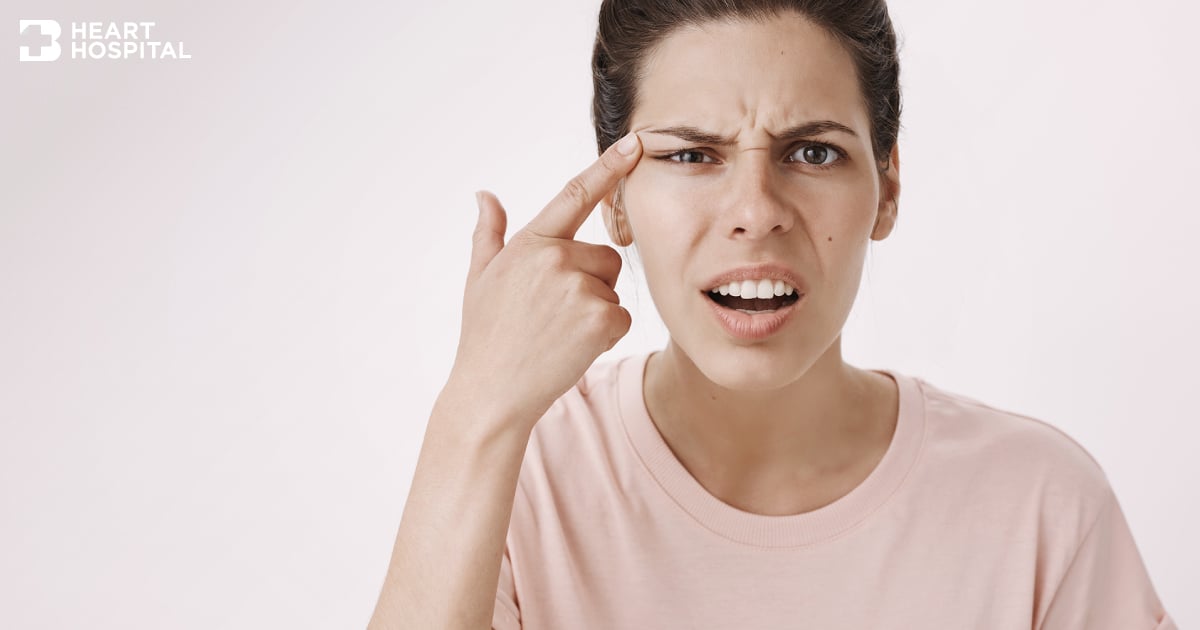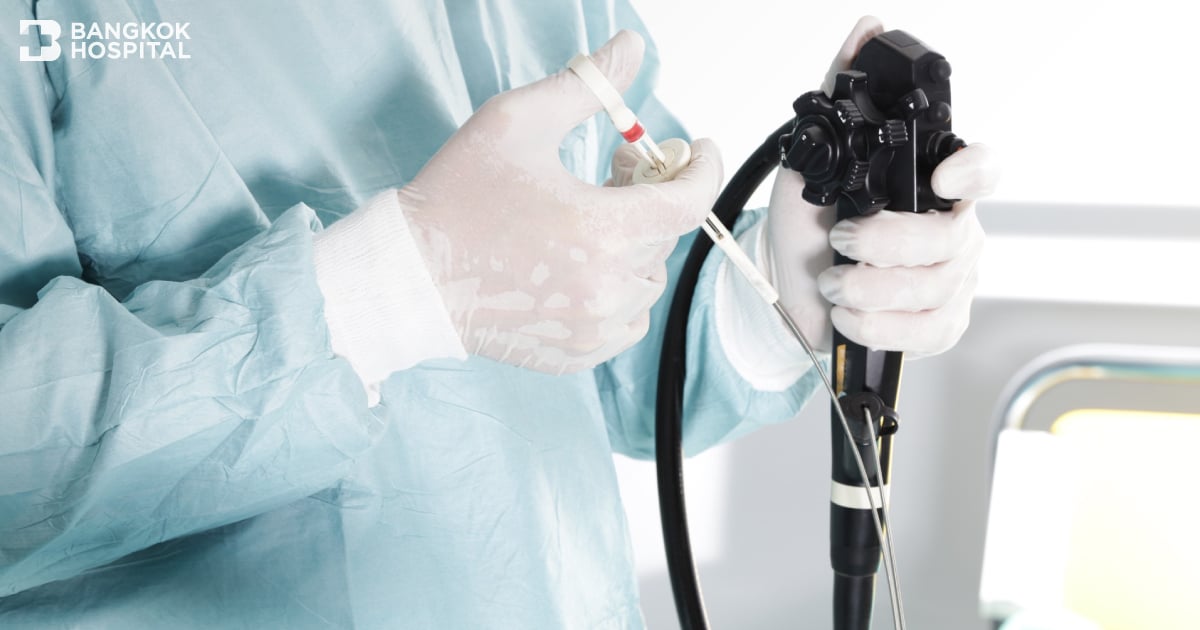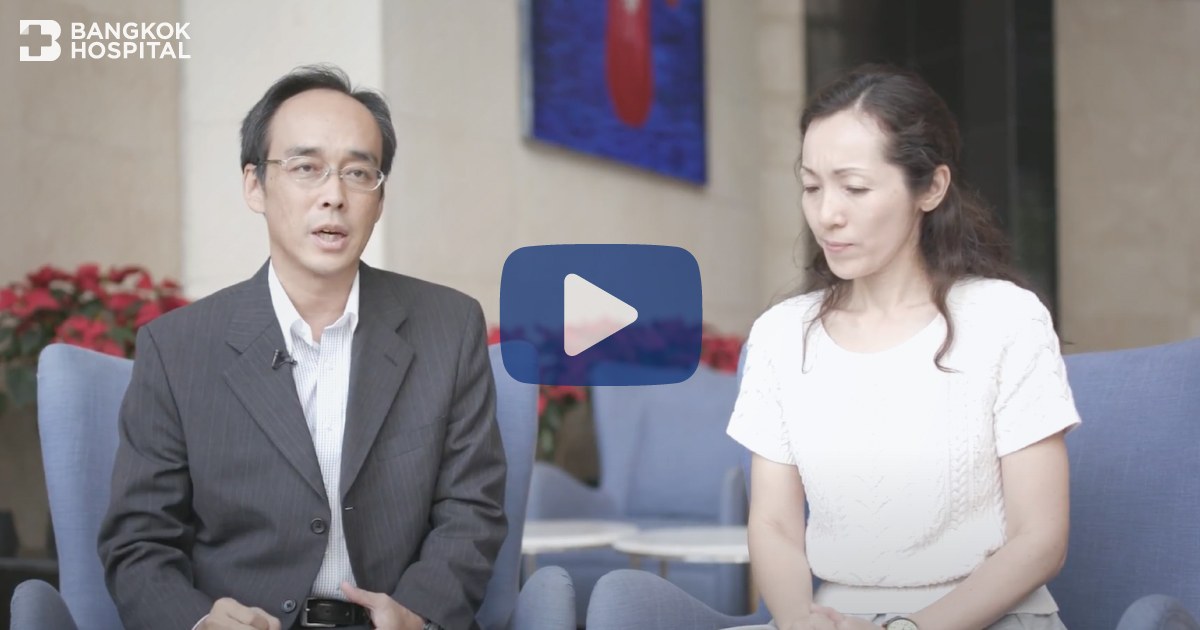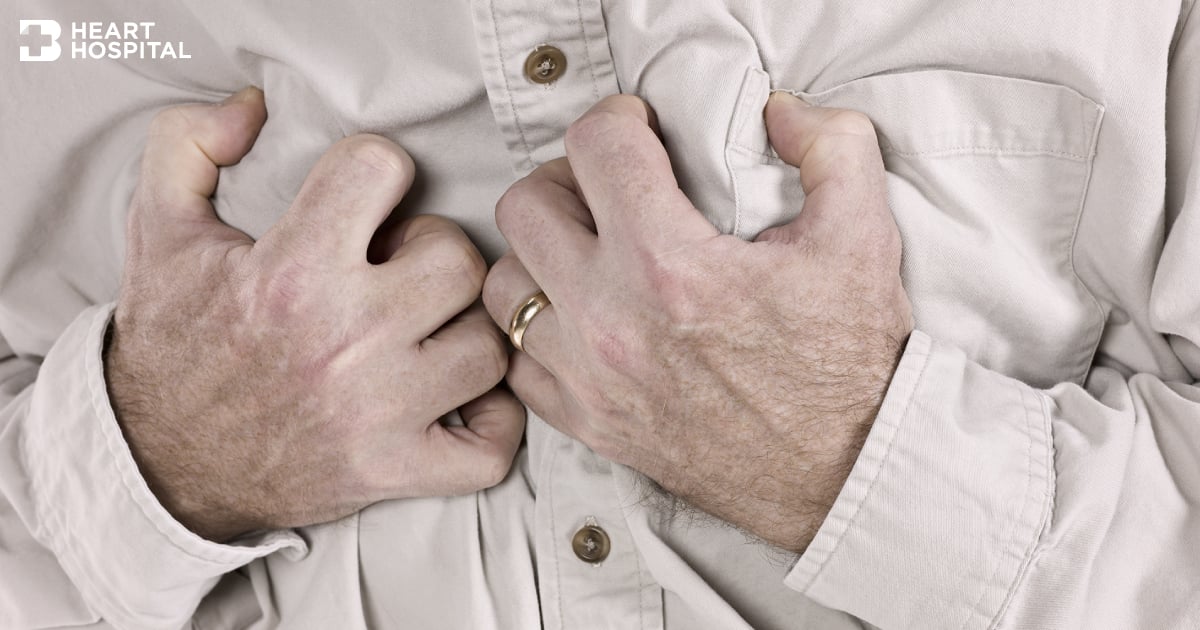
Enlarged heart, the aorta does not dilate accordingly.
Because heart disease is not something distant, especially the condition of an enlarged aortic aneurysm or aortic aneurysm, which often does not show symptoms. By the time you realize, it could be severe and life-threatening.

Remain fit and stay away from heart failure
Heart failure occurs when the heart muscle cannot properly pump blood to be delivered throughout the body. Since heart failure can potentially develop fatal conditions, being aware of its early signs and lifestyle modifications remain crucially vital.

Video-Assisted Thoracic Surgery: Minimally Invasive Surgery for Myasthenia Gravis (MG)
Muscle fatigue is a typical symptom that decreases muscles' ability to perform over time. It can be temporarily associated with a state of exhaustion, often following strenuous activities or exercise. However, if muscle fatigue persists or progresses from localized to generalized weakness, it might indicate the abnormalities of nerves and muscles (neuromuscular system) which is known as “Myasthenia Gravis” or shortly called “MG”.

Endoscopic Thyroidectomy
Advanced Technology leaves no neck scars

9 key tips for keeping health healthy
Heart disease is the leading cause of death for both men and women worldwide. The best possible way to prevent heart disease is to take good care of the heart. To stay fit and remain healthy, here are nine key tips that help improving the heart to work more efficiently.

Necessary lifestyle changes to strengthen the elderly’s heart
Several degenerative conditions are primarily caused by advanced age. Particularly in cardiovascular disease, not only aging-associated cause, unhealthy lifestyle habits are also strongly linked to increased risks of heart disease.

Experience of Heart Surgery without Blood Transfusion
Bloodless Heart Surgery Experience

FACT! About cardiovascular disease
The Truth About Coronary Artery Disease

8 Lifestyle Changes To Protect Your Heart
Prevention is always better than cure especially when it comes to your heart. World Heart Day is celebrated every year on 29th September. In 2018, world heart day informs people around the world about the actions that individuals can take to prevent cardiovascular disease. Here is what you can do.

Heart Valve Disease Repair Or Replacement Is Possible
There are four heart valves that keep blood flowing in the correct direction. Each valve has flaps that open and close once during each heartbeat. If the valve is damaged or diseased, it will not open or close properly, disrupting the blood flow from your heart to your body. Heart valve disease may be present at birth. It can also occur in adults due to many causes and conditions, such as infections, heart diseases, and older age.

Management of Pulmonary and Mediastinal Pathology by Uniportal Video-Assisted Thoracic Surgery (Uniportal VATS)
Video-assisted thoracic surgery (VATS) is minimally invasive thoracic surgery. During a video-assisted thoracic surgery procedure, a tiny camera and surgical instruments are inserted into your chest through a small incision in your chest wall.

Thymoma: Tumor That You Must Observe
A thymus is an organ that functions as lymphoid tissue and an endocrine gland. The gland is located in front of the heart and aorta behind the breastbone and shaped like a butterfly.
